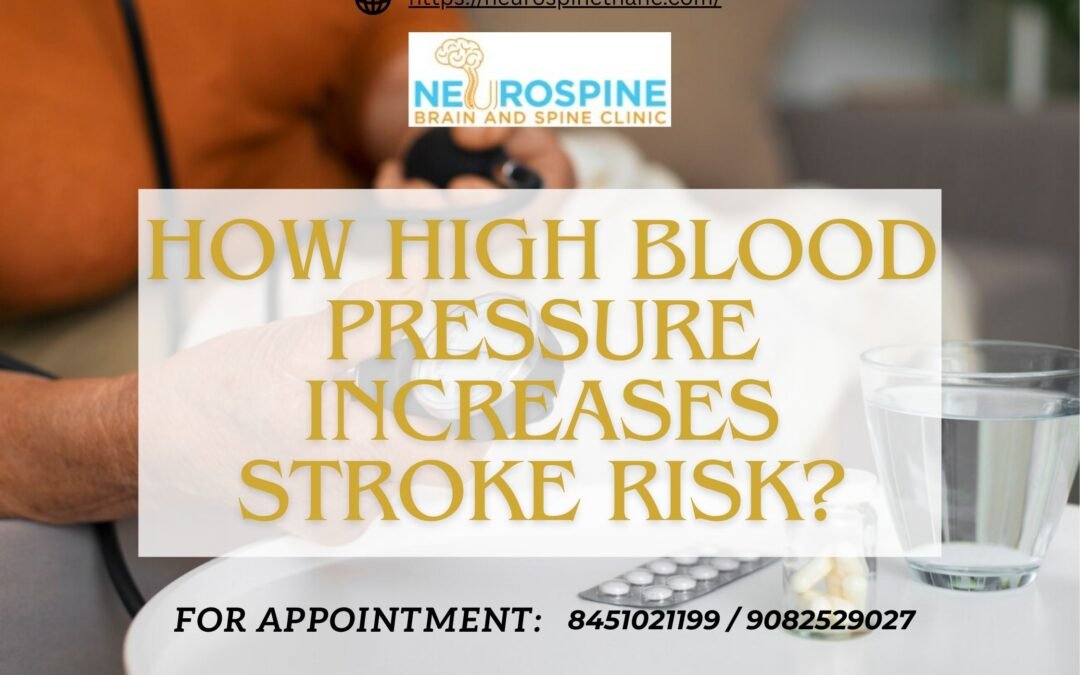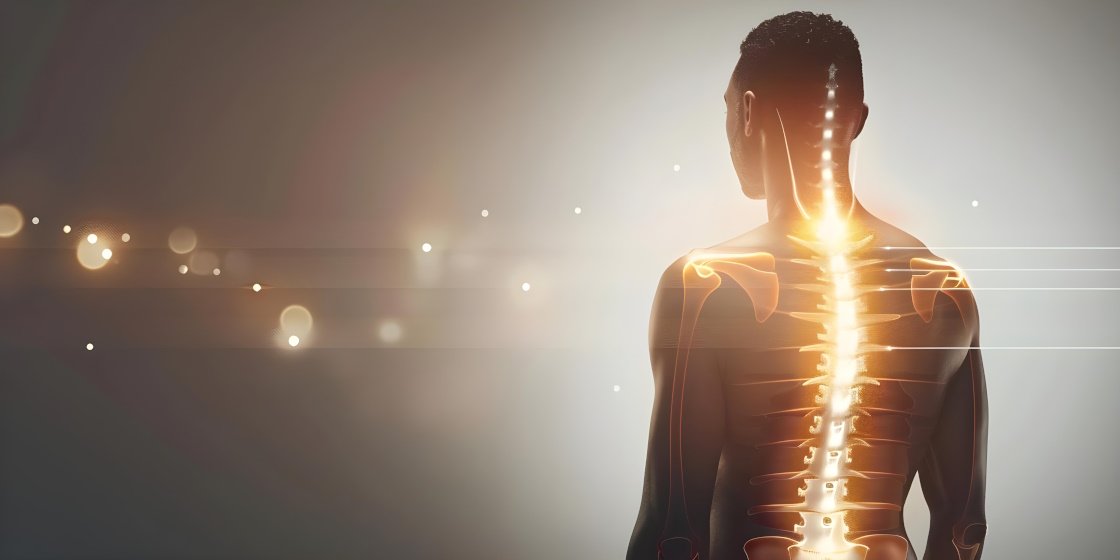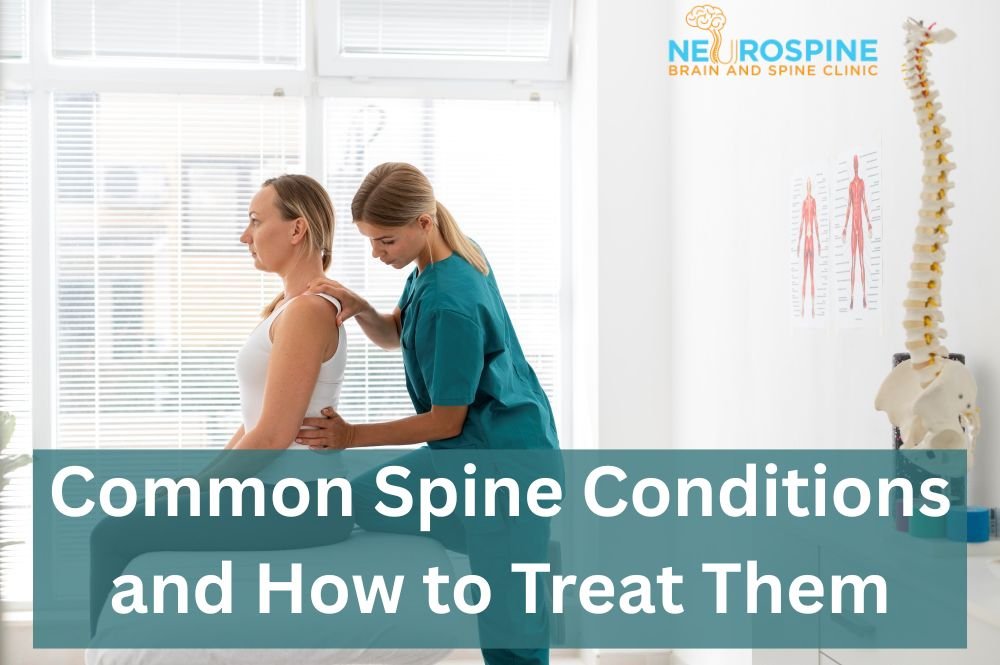High blood pressure, also known as hypertension, is a silent killer that significantly increases the risk of stroke. It is one of the leading causes of stroke worldwide, affecting millions of people without showing any noticeable symptoms. If left uncontrolled, high blood pressure can damage blood vessels, leading to life-threatening conditions such as ischemic and hemorrhagic strokes.
In this blog, we will explore how high blood pressure contributes to stroke by a neurosurgeon in Thane– dr Bharat shinde, its impact on the brain, ways to manage it, and preventive measures to reduce the risk.
Understanding High Blood Pressure
Blood pressure measures the force of blood against the walls of arteries. It is recorded in two numbers:
- Systolic Pressure (the upper number) – Measures the force of blood when the heart beats.
- Diastolic Pressure (the lower number) – Measures the pressure when the heart is at rest between beats.
A normal blood pressure reading is typically 120/80 mmHg. High blood pressure is diagnosed when readings consistently measure 130/80 mmHg or higher.
Causes of High Blood Pressure
Several factors contribute to hypertension, including:
- Poor diet (high sodium and processed foods)
- Lack of physical activity
- Obesity
- Chronic stress
- Excessive alcohol and tobacco use
- Genetic factors
- Medical conditions such as diabetes or kidney disease
How High Blood Pressure Increases Stroke Risk
High blood pressure affects the brain in multiple ways, increasing the risk of stroke.
1. Weakening of Blood Vessels
Hypertension puts excessive strain on the arteries, making them less flexible and more prone to damage. Over time, the constant pressure weakens the vessel walls, increasing the risk of rupture, leading to a hemorrhagic stroke (bleeding in the brain).
2. Formation of Blood Clots
High blood pressure can cause damage to the inner lining of the arteries, leading to the formation of plaques. These plaques can rupture, triggering the formation of blood clots that can block blood flow to the brain, causing an ischemic stroke.
3. Narrowing of Arteries (Atherosclerosis)
Chronic hypertension leads to a condition called atherosclerosis, where the arteries become narrow and hard due to plaque buildup. Narrowed arteries reduce blood supply to the brain, making it more susceptible to stroke.
4. Increased Risk of Aneurysm
An aneurysm occurs when the arterial walls bulge due to prolonged pressure. If an aneurysm bursts in the brain, it results in a hemorrhagic stroke, which can be fatal.
5. Impact on Small Blood Vessels in the Brain
Long-term hypertension affects small blood vessels in the brain, causing lacunar strokes. These tiny strokes may not show immediate symptoms but can lead to vascular dementia over time.
Signs and Symptoms of Stroke to Watch For
A stroke is a medical emergency. Recognizing the early signs can save a life. Use the BE FAST method to identify stroke symptoms:
- Balance – Sudden dizziness or loss of balance
- Eyes – Blurred or double vision
- Face – Drooping on one side of the face
- Arms – Weakness or numbness in one arm
- Speech – Slurred or confused speech
- Time – Call emergency services immediately if any symptoms appear
How to Manage High Blood Pressure to Reduce Stroke Risk
There can be various measures to manage high blood pressure that has been described by the neurosurgeon in Thane. Here is the list mentioned below:
-
Adopt a Healthy Diet
- Reduce salt intake to lower blood pressure.
- Eat more fruits, vegetables, and whole grains.
- Avoid processed and high-fat foods.
-
Exercise Regularly
- Engage in at least 30 minutes of moderate exercise (walking, jogging, cycling) most days of the week.
- Exercise helps maintain healthy blood pressure levels and improves circulation.
-
Maintain a Healthy Weight
- Excess weight increases the workload on the heart, raising blood pressure.
- Aim for a BMI between 18.5 – 24.9 to reduce hypertension risks.
-
Limit Alcohol and Avoid Smoking
- Alcohol can raise blood pressure levels; limit intake to one drink per day for women and two for men.
- Smoking damages blood vessels and increases stroke risk. Quitting smoking is one of the best ways to improve heart health.
-
Manage Stress Effectively
- Chronic stress contributes to high blood pressure.
- Practice relaxation techniques like meditation, deep breathing, and yoga.
-
Monitor Blood Pressure Regularly
- Check blood pressure at home using a monitor.
- Visit your doctor regularly for hypertension management.
-
Take Medications as Prescribed
If lifestyle changes are not enough that’s why neurosurgeon in Thane prescribes medications such as:
- Diuretics – Help remove excess sodium and water.
- Beta-blockers – Reduce heart rate and pressure.
- ACE inhibitors – Help relax blood vessels.
- Calcium channel blockers – Prevent arteries from tightening.
Conclusion
High blood pressure is a major risk factor for stroke, but it is preventable and manageable. By making healthy lifestyle choices, monitoring blood pressure, and seeking medical advice when necessary, you can significantly reduce your risk of stroke and other cardiovascular diseases. Take charge of your health today and make the necessary changes to protect your brain and heart.
If you or a loved one is at risk of stroke due to high blood pressure, consult neurosurgeon in Thane at NeuroSpine for expert guidance and treatment options.
FAQs
- How does high blood pressure directly lead to stroke?
High blood pressure damages arteries, making them more likely to rupture or develop clots, both of which can block blood flow to the brain and cause a stroke.
- What is the ideal blood pressure to prevent stroke?
An ideal blood pressure reading is below 120/80 mmHg. Keeping it under 130/80 mmHg reduces the risk of stroke and other heart diseases.
- Can high blood pressure cause a stroke without symptoms?
Yes, high blood pressure is often called the “silent killer” because it does not always show symptoms but can still damage arteries and increase stroke risk.
- How quickly does high blood pressure need to be treated to prevent stroke?
Immediate lifestyle changes and medication (if necessary) should be implemented as soon as high blood pressure is diagnosed to reduce stroke risk.
- Can lowering blood pressure reverse stroke risk?
Lowering blood pressure significantly reduces stroke risk, but some damage may be irreversible. Preventive measures and regular monitoring are essential to maintain brain health.




